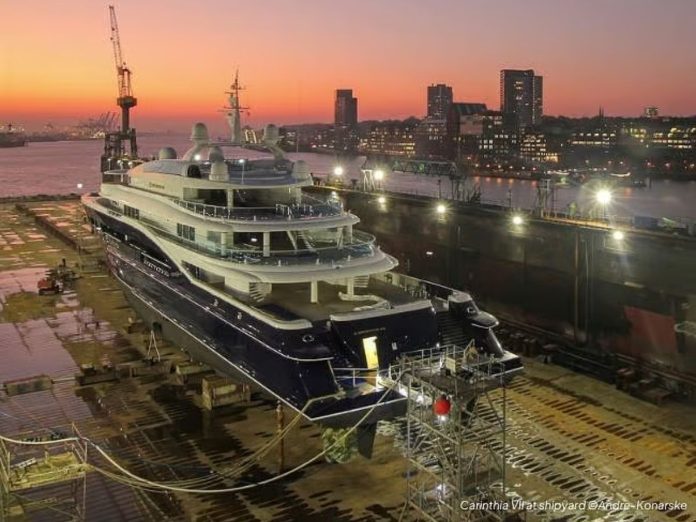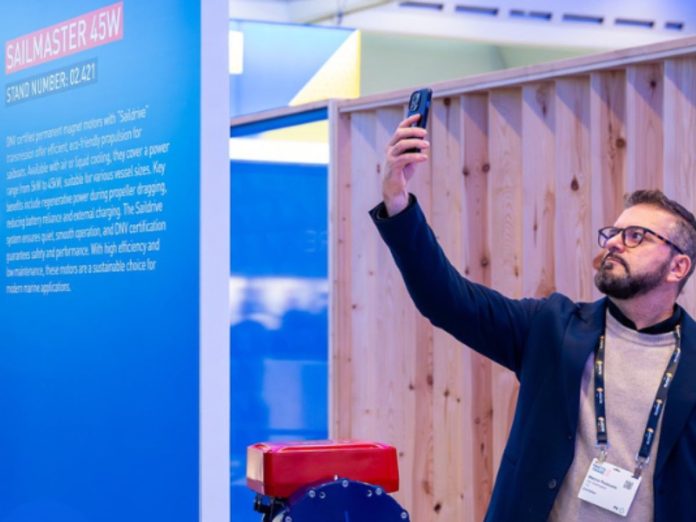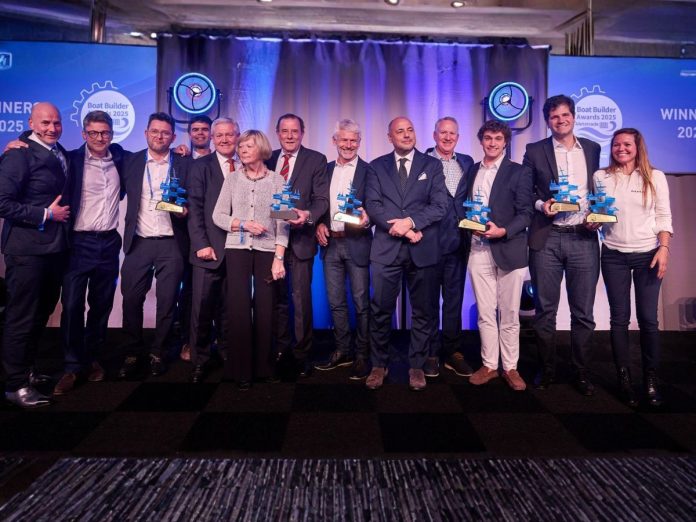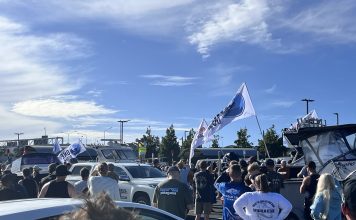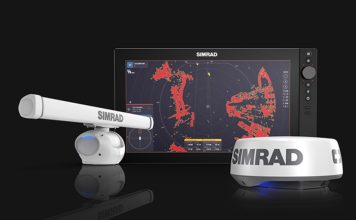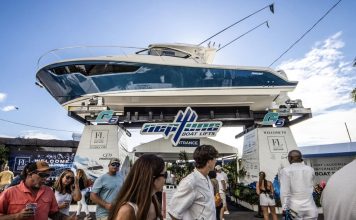METSTRADE’s strongest signal this year was clear. The refit sector is no longer supporting the marine industry from behind the scenes. It is driving it.
METSTRADE 2025, held in Amsterdam from 17 to 19 November, delivered more than just product launches—it placed the refit and lifecycle sector at the very heart of the global marine conversation. With many superyachts now ageing and owner expectations sharply rising, refit has shifted from supporting role to strategic growth engine.
Supporting this shift, new research released at the show showed refit demand climbing across regions. The data revealed that owners are increasingly investing in modernisation—hybrid conversions, stabiliser upgrades, smart-system retrofits and interior overhauls. Builders and shipyards are dealing with tighter capacity, a larger global fleet needing attention and higher turnaround expectations. Even while new-build markets fluctuate, the refit stream continues to hold.
One of the most noticeable changes at the show was the debut of “Refit Clusters” inside the Superyacht Pavilion. These zones grouped regional shipyards with their full supply chains—marinas, contractors, technology providers, tourism boards—presenting each destination as a packaged ecosystem rather than a single yard. It gave captains, owner representatives and charter managers a much clearer view of global refit routes. Australia, in particular, made an impact by standing up a national cluster showcasing its yards and suppliers.
Refit was not isolated to one pavilion. The conversation threaded through METSTRADE’s broader innovation zones: material shows, propulsion showcases, electronics and digital systems. As director Niels Klarenbeek explained, the event is evolving into an ecosystem connector—linking continents, suppliers, yards and owners—not just a trade floor.
The sustainability story was inseparable from refit this year. Builders showed they are treating retrofit work as a prime moment to reduce emissions, upgrade power systems and introduce circular materials. Projects now come with environmental credentials attached and Life-Cycle Assessments increasingly applied. The message was unambiguous: a yard’s ability to deliver responsible refit work is now a differentiator.
Across all this, New Zealand’s marine industry also stood out. Kiwi innovation—lightweight electrified drives, advanced composite structures, durable coatings, smart hardware—made a significant mark at the show. This demonstrated that New Zealand’s strengths align perfectly with the direction the global marketplace is heading: smarter, cleaner and modular systems ready for refit and lifecycle refresh. The nation’s presence at METSTRADE 2025 underlined that its marine supply chain is global-grade and increasingly influential.
By the final day, the overarching message from METSTRADE 2025 had crystallised: the refit market is growing rapidly and asserting its role as a key growth area in marine. Regional networks, sustainability credentials and smarter modernisation are now hallmarks of competitiveness—not sidelines. For New Zealand builders, designers and equipment suppliers, this direction represents opportunity. The era when size alone meant success is fading. Tomorrow’s winners will combine engineering skill, retrofit agility and trusted claims of sustainability.
For the many yards, suppliers and designers watching from the Southern Hemisphere, the show left them a clear challenge: the future will favour those who think of refit not as maintenance, but as transformation.








